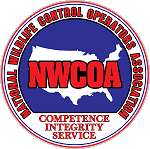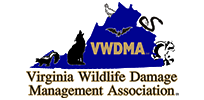540-940-6489
There are two major health concerns associated with bats; rabies and histoplasmosis. Rabies is a virus that is fatal if untreated. This virus is found in the infected animals’ saliva and is typically transmitted by a bite or through an open 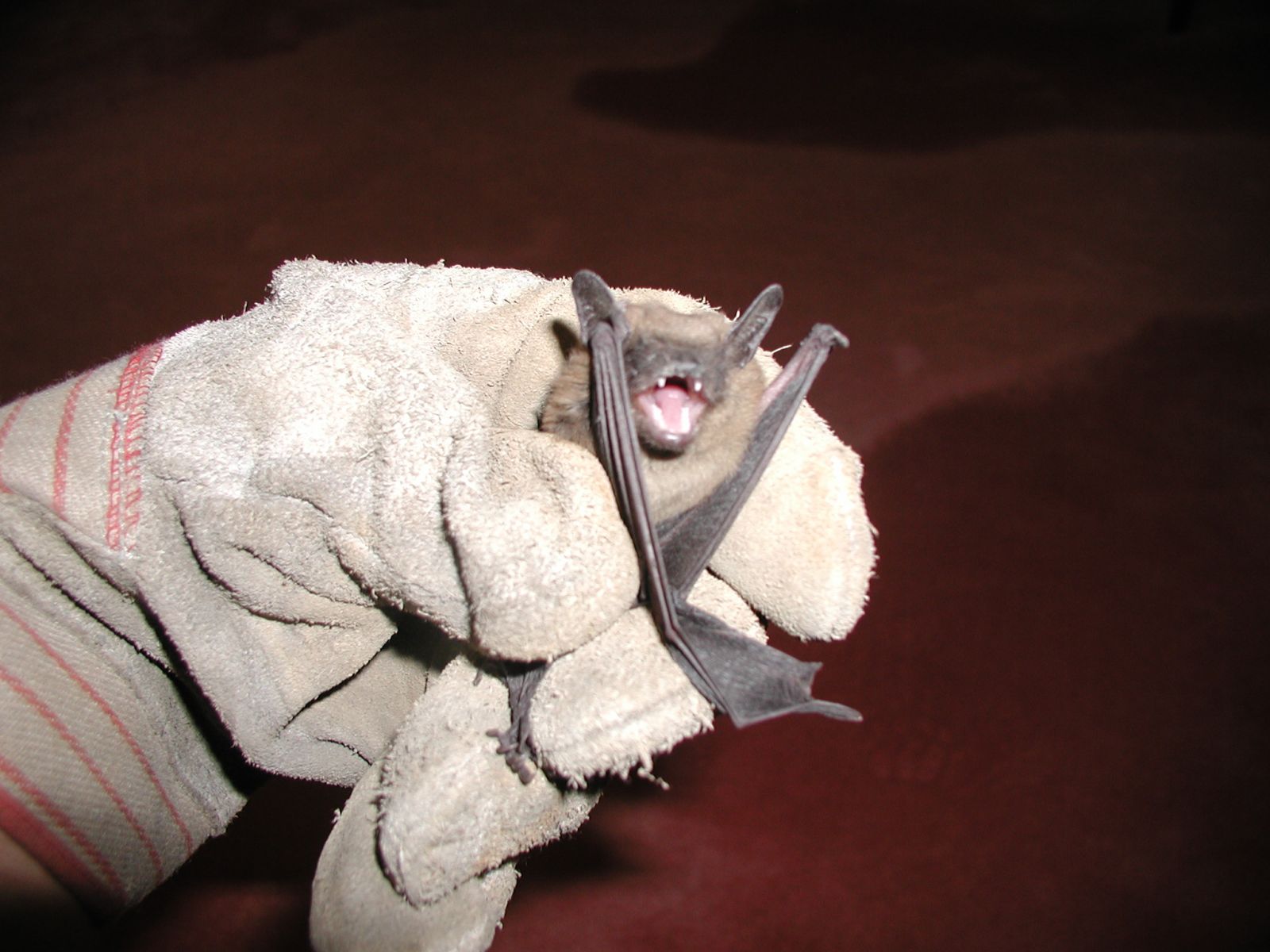 wound. Most bat bites are undetected. If you find a bat in a room that someone has slept in, you should have that bat tested for rabies through the Local Health Department. If the bat cannot be collected for testing, do not take a chance, you should have the rabies exposure shots administered by a doctor. For more information go to: http://www.cdc.gov/rabies/. Histoplasmosis is a fungus that grows on bird and bat droppings that can be fatal to humans. When the droppings are disturbed this fungus becomes air-borne and can be introduced into the body through your lungs and tear ducts. Droppings that are in dead spaces, like wall voids and soffits, typically will not cause any problems other than odor. Accumulations of droppings found in areas accessible to humans, like attics and crawl spaces, pose a threat to human health and should be removed. For more information go to: http://www.cdc.gov/niosh/hi97146.html . Do not attempt to remove bat droppings yourself. Without the proper masks with filters, suites, air scrubbers and vacuums you could infect yourself and others. See our Guano Removal section for more details.
wound. Most bat bites are undetected. If you find a bat in a room that someone has slept in, you should have that bat tested for rabies through the Local Health Department. If the bat cannot be collected for testing, do not take a chance, you should have the rabies exposure shots administered by a doctor. For more information go to: http://www.cdc.gov/rabies/. Histoplasmosis is a fungus that grows on bird and bat droppings that can be fatal to humans. When the droppings are disturbed this fungus becomes air-borne and can be introduced into the body through your lungs and tear ducts. Droppings that are in dead spaces, like wall voids and soffits, typically will not cause any problems other than odor. Accumulations of droppings found in areas accessible to humans, like attics and crawl spaces, pose a threat to human health and should be removed. For more information go to: http://www.cdc.gov/niosh/hi97146.html . Do not attempt to remove bat droppings yourself. Without the proper masks with filters, suites, air scrubbers and vacuums you could infect yourself and others. See our Guano Removal section for more details.
​CLICK HERE to find Your Bat Removal Professional in Virginia.
Public Health Concern - Histoplasmosis
Histoplasmosis is a disease associated with bats. Its symptoms vary greatly, but the disease primarily affects the lungs. Occasionally, other organs are affected. When this happens it can be fatal if untreated.
In addition, Histoplasmosis is caused by a fungus that grows in soil and material contaminated with droppings from animals, including bats. Droppings, also known as bat guano, can contaminate the soil and cause infectious spores to be released when the soil is disturbed.
Even though it can be found throughout the world, it is widespread in certain areas of the U.S. and can be found in places that harbor large populations of bats, including man-made structures and caves.
While most infected persons have no apparent ill effects, antifungal medications are used to treat many forms of the disease.
Your bat eviction/venting inspection may reveal a contamination or accumulation of bat guano within your structure. Other than structural damage, the accumulation of bat guano can create biohazard that may put individual’s health at risk within your structure. Your Bat Professional shall convey to you at the time of the inspection the potential for individuals health at risk based on the amount of droppings, their location, risk of disturbance, and airborne contamination through HVAC units in your structure.
Your bat eviction/venting inspection may not reveal all the accumulations of bat guano within your structure. Bats will typically roost in areas that cannot be readily accessed or visually inspected, such as wall voids. You should understand that disturbing these inaccessible areas where guano may have accumulated is not necessary, unless those areas are likely to be disturbed as a result of construction, remodeling, renovation, repair or other circumstance.
Your Bat Professionals that encounter, remove, clean, or otherwise disturb accumulations of bat guano shall follow guidelines established by US Centers for Disease Control (CDC) and National Institute of Occupational Safety and Health (NIOSH) regarding prevention and transmission of Histoplasmosis.
The Department of Health and Human Resources (DHHS) and NIOSH have issued Publication No. 2005-109 Histoplasmosis – Protecting Workers at Risk. This document shall be used as the guide for Your Bat Professional that may encounter, remove, clean, or otherwise disturb accumulations of bat guano in your structure.
DHHS (NIOSH) Publication No. 2005–109 Histoplasmosis – Protecting Workers at Risk
​CLICK HERE to find Your Bat Removal Professional in Virginia.
What is Histoplasmosis?
Histoplasmosis is generally a respiratory disease, but has also been known to attack other organs such as the eyes. Histoplasmosis is caused by the inhalation of spores from the organism H. capsulatum that can grow on bat guano or carrier by the bat and released in their guano. The severity of the infection is directly related to the amount of spores inhaled and the individual’s immune system. While infection is possible, individuals that frequent chicken or pigeon coops are more at risk of becoming infected with histoplasmosis than through exposure to bat guano because of the constant disturbance of the material with H. capsulatum being aerosolized and subsequently inhaled.
​CLICK HERE to find Your Bat Removal Professional in Virginia.
Public Health Concern – Bat Rabies Exposure
A preliminary bat eviction/venting inspection may reveal the risk of human exposure to the bats and the possibility of transmission of Rabies through contact with a bat. Bats often enter the living space of homes due to their roost being in close proximity to open windows, doors, and attic access panels and doors. Bat bites and other physical contact may go undetected by individuals who are asleep. For this reason, clients should be informed of the risk of a bat or bats entering the living space of the structure during the eviction/venting process and should take every precaution to avoid direct contact with a bat or bats.
Several highly fatal diseases have been linked to bats.
Rabies is perhaps the most well known disease associated with bats. Along with animals such as dogs, foxes, raccoons, and skunks, bats are one of the primary animals that transmit rabies.
An exposure to bat rabies most commonly occurs when a person is bitten by a rabid bat. It can also be transmitted when the saliva from a rabid bat comes in contact with a person's mouth, eyes, nose, or a fresh wound.
When a person is exposed to rabies, timely administration of a vaccine known as post-exposure prophylaxis (PEP) can prevent infection. Once a person becomes infected and symptoms begin to occur, rabies is almost always fatal. Each year in the United States, up to 30,000 persons receive PEP due to potential exposure to a rabid animal, including bats.
Information Source: Centers for Disease Control and Prevention (CDC)
Your Bat Professional will follow the CDC Rabies Exposure Protocol and/or any Local or State Rabies Exposure Protocol that may be applicable when providing bat capture and removal services for bats within a structure.
http://www.cdc.gov/rabies/exposure/
Once positive rabies exposure criteria has been met, Your Bat Professional will employ capture techniques for bats that will ensure a viable sample for testing and offer the utmost protection for himself, you, and the Public at Large.
Once positive rabies exposure criteria has been met, Your Bat Professional shall not release bats to the outside or commit any acts that would otherwise compromise the chain of custody of a bat needed for rabies testing.
The CDC recommends pre-exposure rabies vaccination for persons in high-risk groups, such as veterinarians, animal handlers, and certain laboratory workers. Your Bat Professional may or may not have the pre-exposure rabies vaccination.
​CLICK HERE to find Your Bat Removal Professional in Virginia.
What is Bat Rabies?
Rabies is a viral disease that affects the central nervous system usually resulting in death. Although care needs to be taken around bats, rabies infection is very rare in the United States due in part to the sensitive nature of the virus and the method of transfer. Rabies can only be spread by:
- direct contact with an infected animal through a bite or scratch,
- saliva touching a mucus membrane allowing the virus to pass in to the body, or
- consumption of the spinal fluid of an infected animal. The belief that rabies can be transmitted through fecal matter (Bat guano) or urine is not true.
Bat Rabies safety tips.
- Bats (as well as other wild and domestic animals) can carry rabies. Do not allow bats or any other wild animal in your home.
- Children and adults should never handle or pet unfamiliar animals, wild or domestic, even if they appear friendly. Do not handle any bat, even if it appears healthy without the proper personal protective equipment.
- If bitten by a bat, wash bite wound thoroughly with soap and water and seek medical attention IMMEDIATELY, even in the absence of an obvious bat bite.
- Do not dispose of bats before having them tested for rabies. Testing the bat can decrease the number of unnecessary rabies vaccinations and ensure exposed individuals are treated.
- If you find a bat in your home, have Your Bat Professional perform a thorough bat inspection to the interior and exterior of your home to make sure you do not have a colony of bats living in your home.
Information Source: Centers for Disease Control and Prevention
​CLICK HERE to find Your Bat Removal Professional in Virginia.
What do I do if I find a bat in my house?
Important: Please understand that a bat bite to a human or an infant may not be detected, especially if the bat was found in a bedroom where you or someone else was sleeping.
If a bat is present in your home, contact Your bat Professional for assistance. It is important to capture the bat for rabies testing, especially if a potential bite or exposure has occurred. Sometimes, Your Bat Professional may not be immediately available. We do not recommend that you leave the bat unsupervised. We do not recommend that you try this, but if you have to leave the bat unsupervised while waiting on Your Bat Professional you should use precautions to capture the bat safely, as described below.
To begin, you will need:
- leather work gloves (put them on)
- small shoe box or coffee can
- piece of cardboard
- Tape
The steps you should take to capture the bat are:
- When the bat lands give it a couple minutes to rest and lower its heart rate, approach it slowly, while wearing the gloves, and place the box or coffee can over it.
- Slide the cardboard under the container to trap the bat inside.
- Tape the cardboard to the container securely, and punch small holes in the cardboard, allowing the bat to breathe.
- The CDC states that when no potential exposure to a bat has occurred, the bat can be safely released outside. We do not recommend that any bat that has found its way into your living space goes untested for rabies. Bats can survive for more than two (2) weeks without water or food. Just because that bat was not in your bedroom when you found it does not mean that it was not a couple days ago. If a bite or exposure to saliva (e.g., into a person's mouth, eyes, or a fresh wound) has occurred, upon arrival to your home Your Bat Professional can contact your local health department or animal control authority to make arrangements for bat rabies testing.
- Have Your Bat Professional perform a thorough bat inspection to the interior and exterior of your home to make sure you do not have a colony of bats living in your home.
Information Source: Centers for Disease Control and Prevention
​CLICK HERE to find Your Bat Removal Professional in Virginia.
What do I do if I find a dead bat in my house?
If you come across a dead bat, call Your Bat Professional to have them safely remove the bat. In some instances, services might not be immediately available. Under these circumstances, follow the steps below to safely discard the dead bat.
- Get a cardboard box or Tupperware container
- Place it over the bat
- Slide a cardboard or plastic lid under the box/container so that the bat is confined within.
- Remove it from the area until Your Bat Professional or animal control services can arrive to safely dispose of the bat.
- Have Your Bat Professional perform a thorough bat inspection to the interior and exterior of your home to make sure you do not have a colony of bats living in your home.
Information Source: Centers for Disease Control and Prevention
​CLICK HERE to find Your Bat Removal Professional in Virginia.
How do I know if there are anymore bats in my house?
Contact Your Bat Professional for a interior and exterior bat inspection of your home. Having a bat in your home sometimes is a sign that you may have a colony of bats in your home. Your Bat Professional will be able to provide you with peace of mind that you and your family are safe or will be able to exclude and evict the bats from your home.
What do I do if I get bitten by a bat or do not know if the bat bit me?
While bites are a common way for diseases to be spread from bats to humans, exposure to saliva and other secretions can also lead to infection.
If you are bitten or saliva from a bat gets into your eyes, nose, mouth, or wounds, wash the affected area thoroughly with soap and water, get medical attention immediately and do your best to capture the bat for rabies testing.
Bats have small teeth that may leave marks not easily seen. Although many people know if they have been bitten by a bat, there are certain circumstances when a person might not be aware or able to tell if a bite has occurred. For example:
- If you or someone else awakes to find a bat in the room,
- If you find a bat in a room with an unattended child, or
- If you see a bat near a person with a disability.
- If the above occurs, get immediate medical attention. In all circumstances, contact local or state health departments for assistance with medical advice and testing bats for rabies. When it cannot be ruled out that the bat is free from rabies and an exposure has occurred, (PEP) may need to be considered.
When bat droppings, saliva, or other secretions are believed to be nearby, closely monitor your health, especially any fever, chills, headache, or muscle pain.
If these symptoms appear after being in an area when bats might have been nearby, seek medical attention and be sure to note your presence in these areas. Be sure to also note any travel that has recently taken place, especially to African countries. This is especially important if it has been less than a month since a potential exposure to bats.
Information Source: Centers for Disease Control and Prevention
Your Wildlife Professionals, Inc. has been dealing with bat health concerns, such as bat rabies and bat histoplasmosis, in Virginia since 1998. If you suspect that you have been bitten by a bat or may have bat histoplasmosis in the counties, cities and towns of Alexandria, Arlington, Bedford, Blacksburg, Bristol, Charlottesville, Covington, Chesapeake, Danville, Fairfax, Fredericksburg, Hampton, Harrisonburg, Lexington, Lynchburg, Loudon, Manassas, Martinsville, Newport News, Norfolk, Richmond, Roanoke, Smith Mountain Lake, Staunton, Virginia Beach, Waynesboro, Williamsburg, Winchester, Wytheville, and Yorktown Virginia.
​CLICK HERE to find Your Bat Removal Professional in Virginia to discuss any Bat Health Concerns.
Call Now 540-940-6489
Virginia Department of Health: http://www.vdh.virginia.gov/index.htm
Local Health Departments

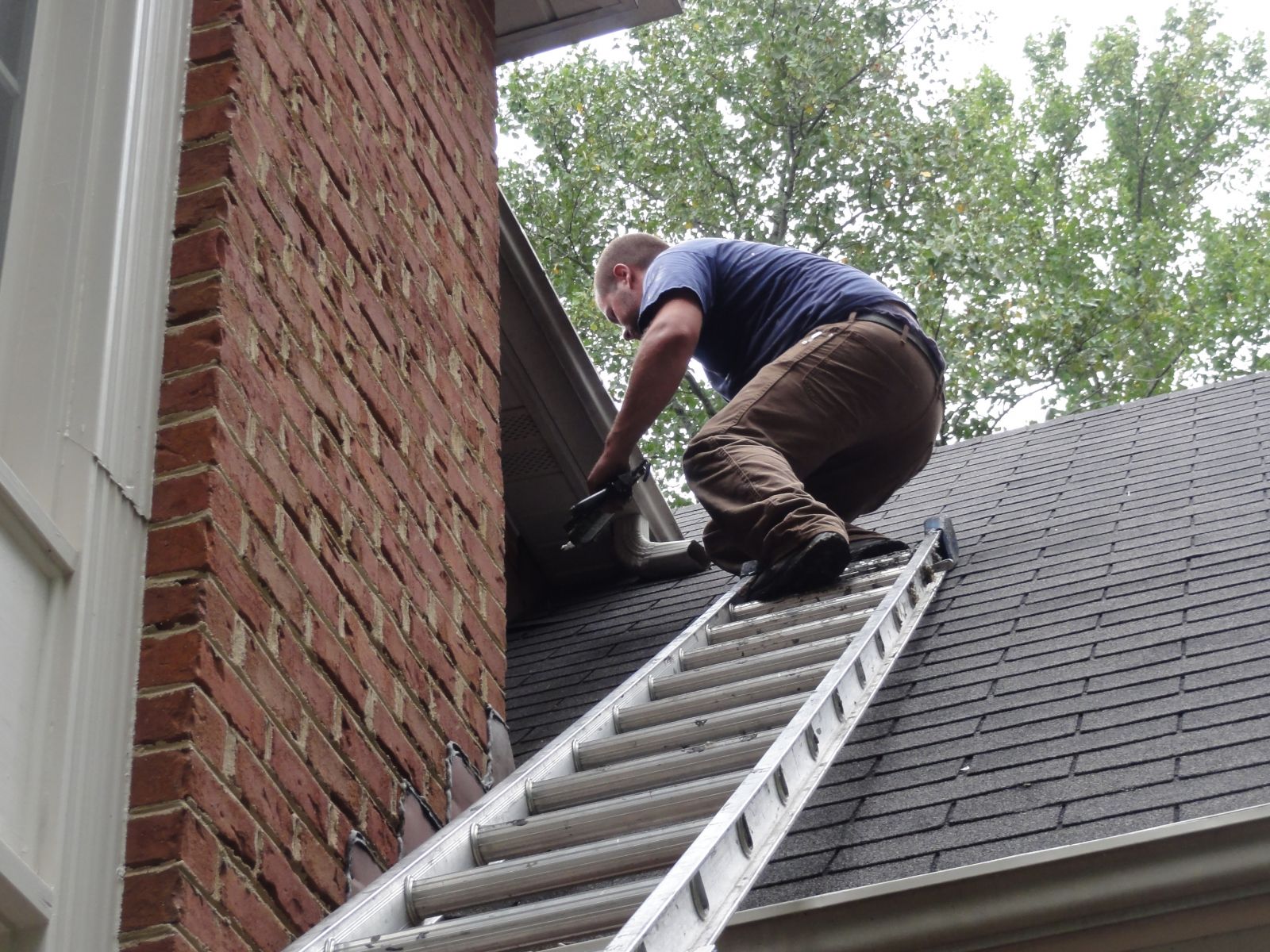 There are many different ways to get rid of bats, but if you are looking for a professional, permanent, non-chemical solution to your bat problem, with a written guarantee and warranted, you have found one of the only companies in Virginia that can provide you with this and back it up. We follow the NWCOA Bat Standards set by the National Wildlife Control Operators Association. All of our employees have taken and passed the NWCOA Bat Standards Compliant Course.
There are many different ways to get rid of bats, but if you are looking for a professional, permanent, non-chemical solution to your bat problem, with a written guarantee and warranted, you have found one of the only companies in Virginia that can provide you with this and back it up. We follow the NWCOA Bat Standards set by the National Wildlife Control Operators Association. All of our employees have taken and passed the NWCOA Bat Standards Compliant Course. 
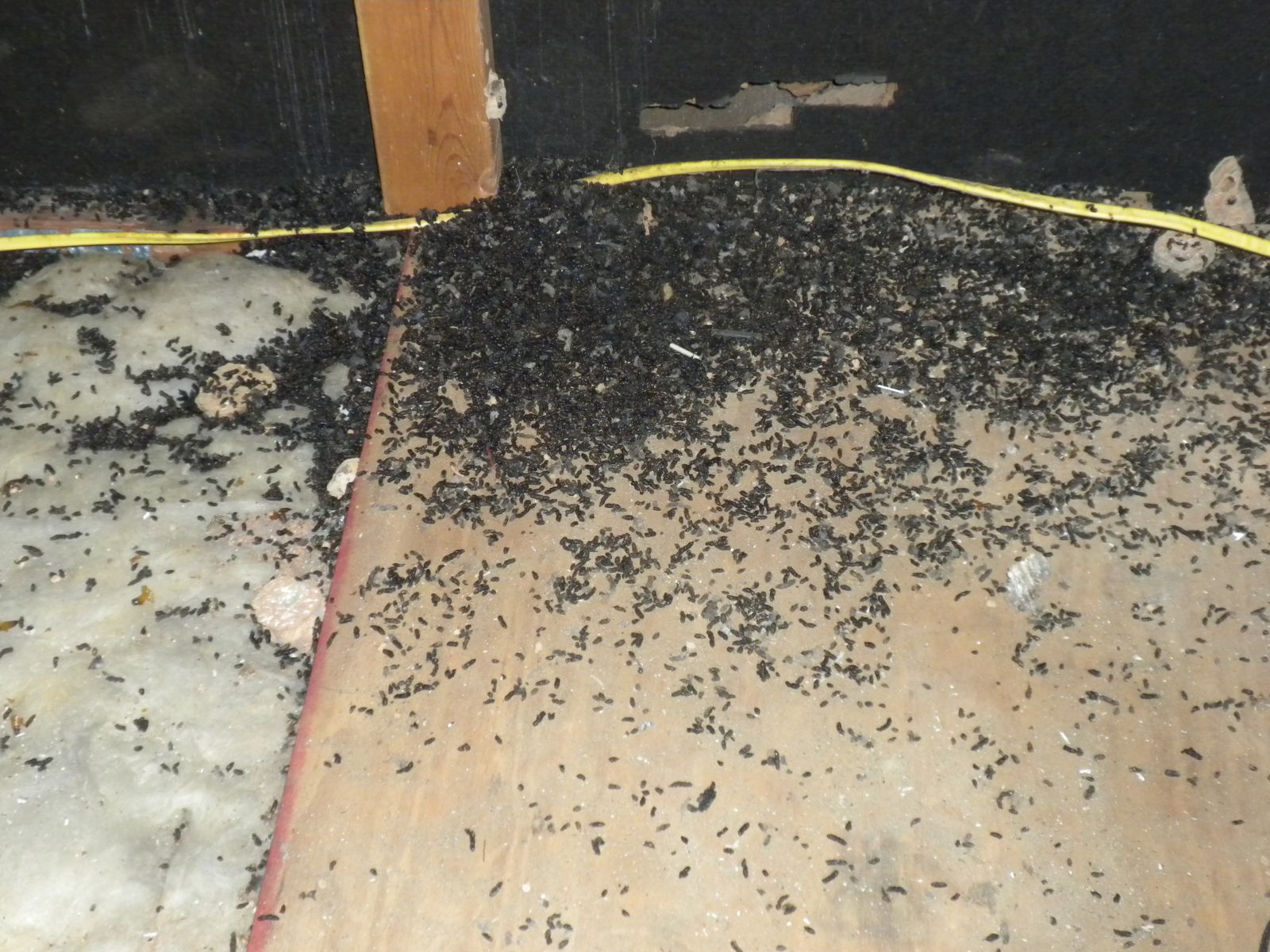 Other than structural damage, the accumulation of bat guano can create biohazard that may put individual’s health at risk within your structure. Your Bat Professional will convey to you at the time of your inspection the potential for individuals health at risk based on the amount of bat droppings, their location, risk of disturbance, and airborne contamination through HVAC units in your structure.
Other than structural damage, the accumulation of bat guano can create biohazard that may put individual’s health at risk within your structure. Your Bat Professional will convey to you at the time of your inspection the potential for individuals health at risk based on the amount of bat droppings, their location, risk of disturbance, and airborne contamination through HVAC units in your structure.

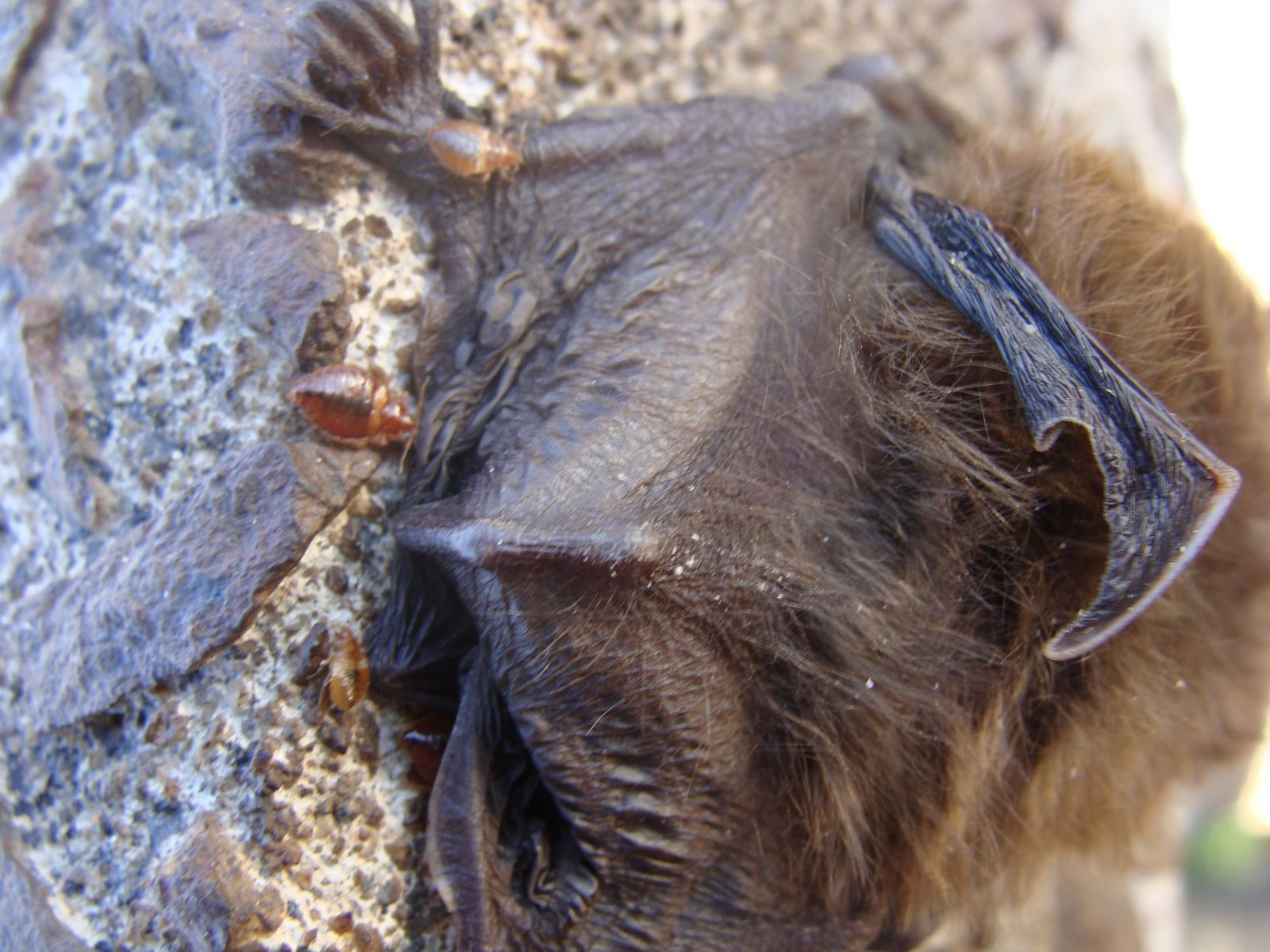 Your Wildlife Pro will inform you of the presence of bat bugs and the possibility that bat bugs may enter the living space of your structure in search of an alternate host post eviction/venting procedures.
Your Wildlife Pro will inform you of the presence of bat bugs and the possibility that bat bugs may enter the living space of your structure in search of an alternate host post eviction/venting procedures. wound. Most bat bites are undetected. If you find a bat in a room that someone has slept in, you should have that bat tested for rabies through the Local Health Department. If the bat cannot be collected for testing, do not take a chance, you should have the rabies exposure shots administered by a doctor. For more information go to:
wound. Most bat bites are undetected. If you find a bat in a room that someone has slept in, you should have that bat tested for rabies through the Local Health Department. If the bat cannot be collected for testing, do not take a chance, you should have the rabies exposure shots administered by a doctor. For more information go to: 


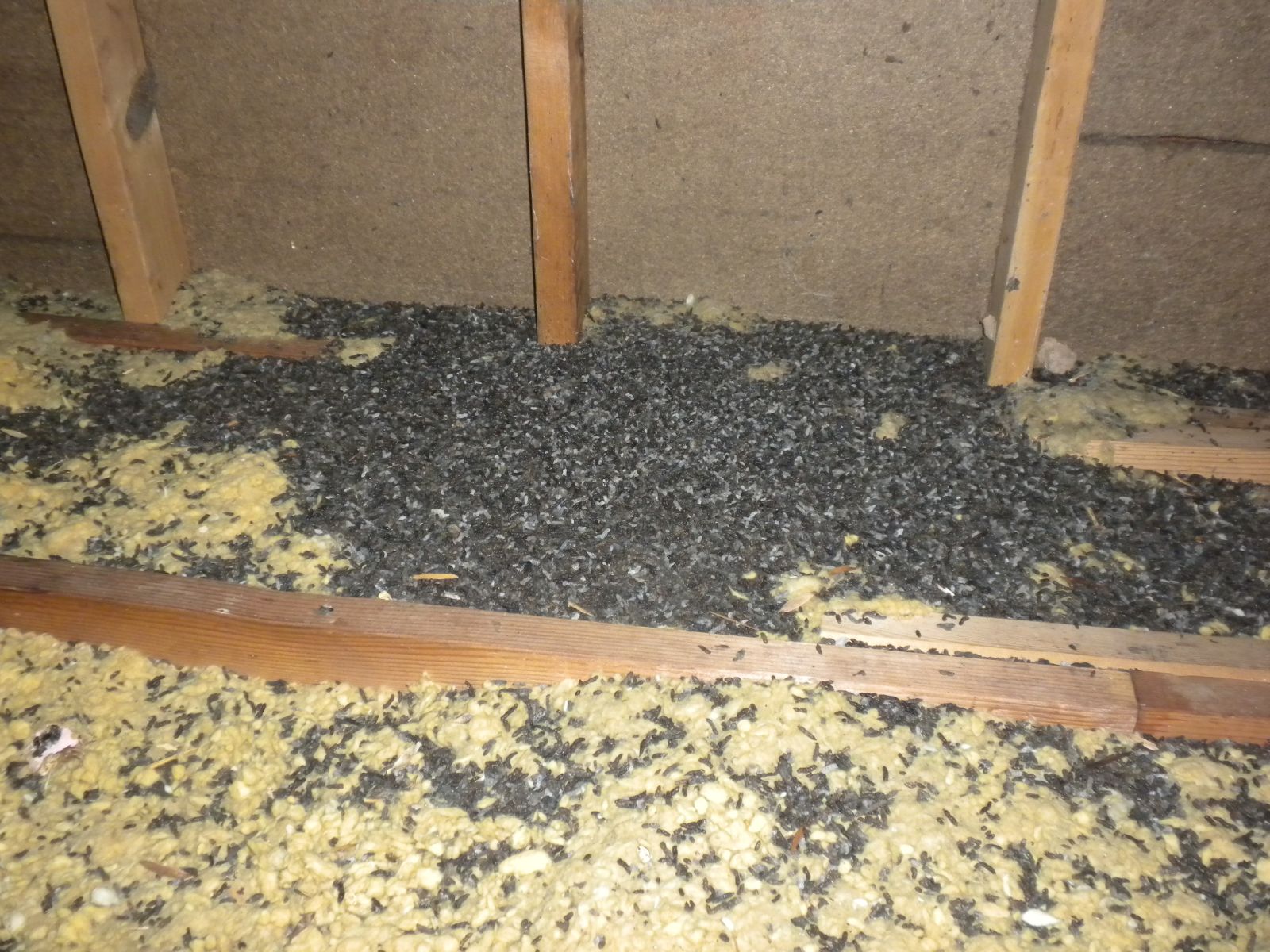 best of our knowledge to help with that fear of bats. Bats are very beneficial to the environment, but not beneficial to your home. Each bat that lives in your home will expel (Poop and Urinate) as much as its body weight per day. Over time the buildup of guano (Bat Poop) and urine can create a lot of damage to your home or building. The combination of bat guano and urine can create a strong offensive odor and deteriorate just about any building material that comes into contact with it. The longer the bats are in the structure, the more damage their guano and urine can create. There are other issues associated with the buildup of bat guano in a structure that will be discussed in the Health Concerns section.
best of our knowledge to help with that fear of bats. Bats are very beneficial to the environment, but not beneficial to your home. Each bat that lives in your home will expel (Poop and Urinate) as much as its body weight per day. Over time the buildup of guano (Bat Poop) and urine can create a lot of damage to your home or building. The combination of bat guano and urine can create a strong offensive odor and deteriorate just about any building material that comes into contact with it. The longer the bats are in the structure, the more damage their guano and urine can create. There are other issues associated with the buildup of bat guano in a structure that will be discussed in the Health Concerns section.



